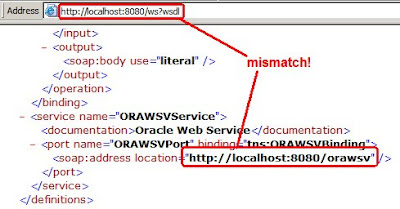Hunter Killer
Patrick Robinson's
Hunter Killer
is another bomb-the-bastards ripping yarn. He excels in
creating dire yet plausible scenarios of truly global impact. The background to this story is a revolution in
Saudi Arabia, backed by the French.
Forget about political correctness, and you can enjoy the story. It is somewhat predictable plot however, and
lacks a strong sense of suspense. I'd previously read Scimitar SL-2 which shares
many of the same charaters (set 2 years earlier), and I thought overall a better read because it plays more on
suspense. (In that story, nukes are in the hands of terrorists. It's a race to see if they can be prevented
from using them to trigger a major earthquake and tidal wave).
Hunter Killer does provoke some interesting thoughts, if you can see beyond the gung ho
antics.
Firstly, the complicity of France does bring you two question some entrenched and largely invisible prejudices.
Bomb Bagdhad? Sure, civilian casualties are unfortunate but can't be helped in our fight against the regime.
Bomb Paris, despite clear evidence that France is acting as a renegade state? We-ell, lets think about that a
bit. Surely another solution is possible?
Second, there's a fairly sympathetic treatment of the Saudi revolution. EM Forster's quote quickly becomes a
key theme underpinning actions on both sides of the Atlantic:
"If I was asked to choose whether to betray my country or my friend, I hope I'd have the courage to choose my country."Verdict: damn good airport read!
read more and comment..
It's a feature not a bug!
 ... true geek humour.
... true geek humour.
Hat tip to Paweł Barut for highlighting
this from Steve Bass' blog.
read more and comment..
Revisiting 11g Native Web Services
I've just moved from 11.1.0.5 to 11.1.0.6, and updated my post First Tests of 11g Native Web Services in a few areas:
- The XDB_* role names have been corrected in 11.1.0.6 to match the documentation.
- Confirmed that the auto-generated WSDL still assumes 'orawsv' as the URL pattern (see below). So for now, it's clear that you should stick with 'orawsv' as the servlet name and URL pattern for your native web services configuration.

Thanks to Marco Gralike and Christopher Burke for the chats we've had in the comments thread. Here's a summary of the links that came up in discussion:
- Oracle 11g - How to enable native WSDL services
- Oracle 11g Security - XMLDB is here to stay...
- Mark Drake's example in the forums
read more and comment..
+0.9
Launch is over, software's released, and now I've actually posted a real 11g blog entry, so I've decided "Tardate 10.2" deserves to
grow up by +0.9. Now to be known as "Tardate 11.1"!
read more and comment..